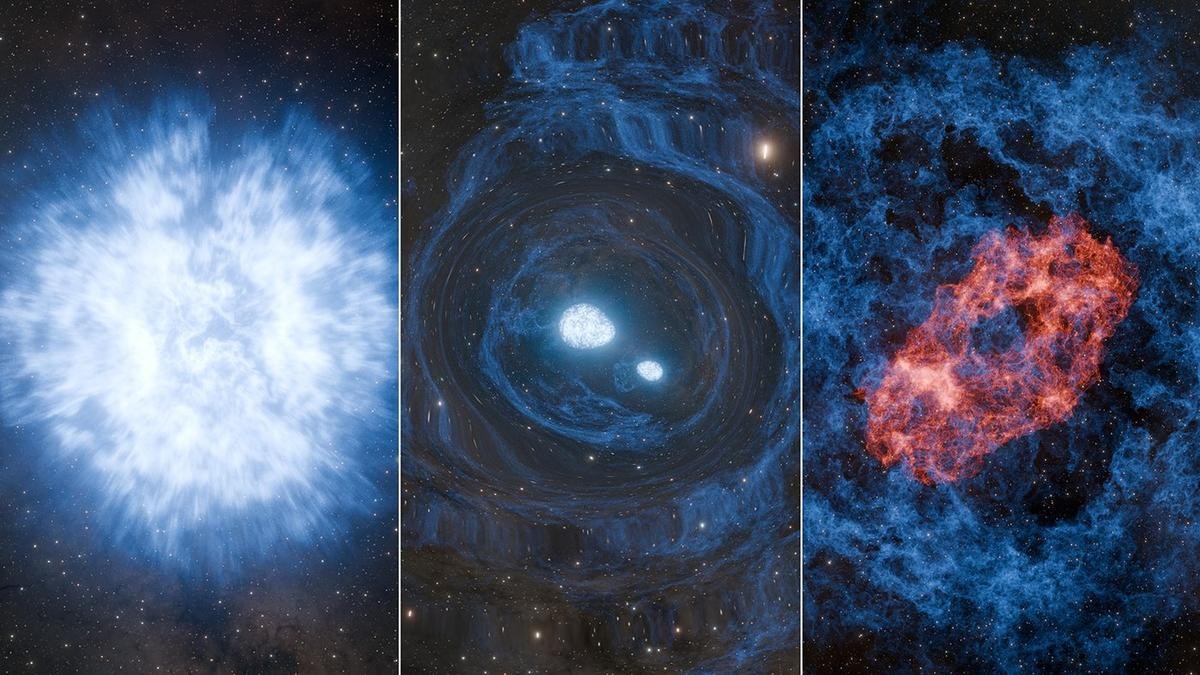



A study in Science Advances reveals lithium-rich brines in Salar de Uyuni have a unique chemistry, with boron, not carbonate, controlling pH. This finding, from Bolivia’s vast salt flat, enhances lithium mining efficiency and eco-friendly wastewater management, supporting the global shift to clean energy with reduced environmental impact.

Copyright infringement not intended
Picture Courtesy: PHYS
A study published in Science Advances has revealed that lithium-rich brines possess a unique chemical composition distinct from other saline waters such as seawater.
Scientists find that the chemistry of salty water (brine) containing lithium in Salar de Uyuni, the world’s largest lithium deposit, is unique. Unlike typical salty waters like seawater, where carbonate controls the pH (how acidic or alkaline the water is), boron pushes the pH in these brines.
Salar de Uyuni is a massive salt flat in Bolivia, stretching thousands of square miles on a high plateau in the Andes Mountains. Beneath this salt flat lies brine—a super salty underground water rich in lithium, boron, and other minerals. This region, part of the “Lithium Triangle” (Bolivia, Chile, Argentina), holds about 40% of the world’s lithium.

Lithium powers batteries for electric cars, solar panels, and other green technologies. As the world shifts to clean energy, demand for lithium is increasing. Understanding the chemistry of lithium-rich brines helps to mine it more efficiently and reduce environmental harm.
Boron exists in the brine as boric acid and borates (boron compounds). In natural brine, these boron forms balance the pH around neutral. But in evaporation ponds, the concentration of boron increases, and boric acid breaks down, releasing hydrogen ions that make the brine acidic.
This discovery reshapes lithium mining. Knowing boron controls pH helps companies develop better technologies to extract lithium more efficiently. It also improves wastewater management. Mining produces wastewater with high boron and arsenic levels, which harm the environment. By understanding this chemistry, scientists can design eco-friendly mining methods and reduce pollution.
Must Read Articles:
Source:
|
PRACTICE QUESTION Q. In the question given below, there are two statements marked as Assertion (A) and Reason (R). Mark your answer as per the codes provided: Assertion (A): Lithium-ion batteries are preferred over lead-acid batteries for electric vehicles. Reason (R): Lithium has a higher energy density compared to lead. Which of the options given below is correct? A) Both A and R are true, and R is the correct explanation for A. B) Both A and R are true, but R is not the correct explanation for A. C) A is true, but R is false. D) A is false, but R is true. Answer: A Explanation: Assertion (A) is true: Lithium-ion batteries offer significant advantages for EVs, including lighter weight, smaller size, longer lifespan, and higher efficiency compared to lead-acid batteries. Reason (R) is true: Energy density refers to the amount of energy stored per unit of mass or volume. Lithium is a much lighter element than lead, and its chemical properties allow for the storage of more energy in a smaller and lighter package. This higher energy density is precisely why lithium-ion batteries can provide more range and power for electric vehicles without adding excessive weight. Therefore, the higher energy density of lithium is the primary reason why lithium-ion batteries are preferred over lead-acid batteries for electric vehicles, making R the correct explanation for A. |









© 2026 iasgyan. All right reserved